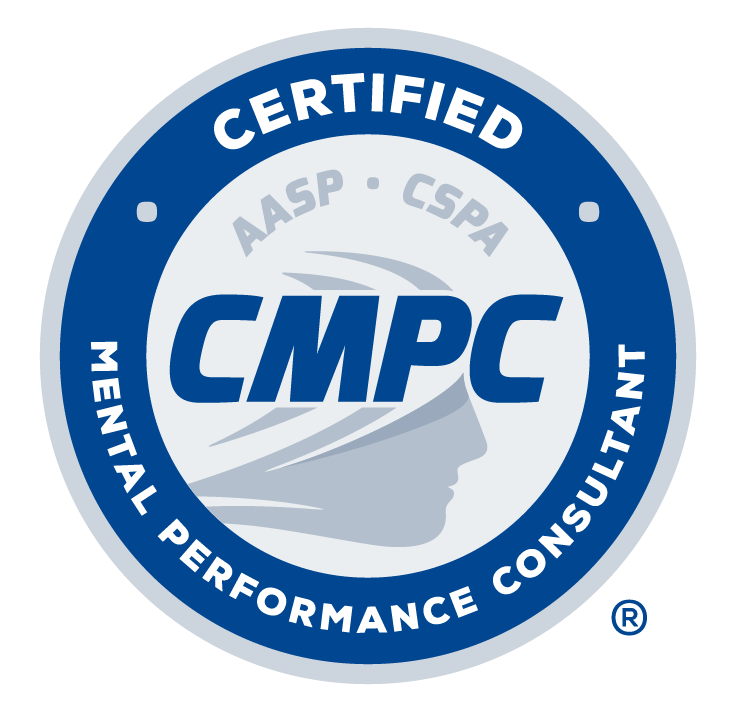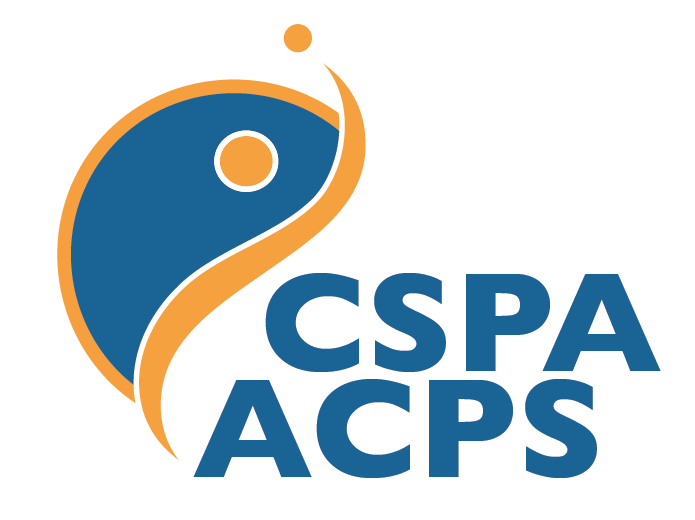Coaching Through Conflict: Effective Communication Strategies
Ryan Hedstrom, PhD
Manchester College
Sport is full of conflict! Whether it is on or off the playing field, effectively dealing with conflict goes a long way in determining success. Internal team conflict can have a major impact on team dynamics and cohesion. As a coach, learning how to deal with these conflicts can become a major part of your everyday job. Unfortunately, we often deal with conflict in unproductive ways such as avoiding (“It’s not a big problem, why worry?”), forcing (“I will win this argument no matter what”), or accommodating (“I’ll give up whatever it takes to end the conflict”).
One of the ways you can help alleviate team conflict is to learn and use effective mediation strategies. As a coach, you are in a powerful position to display positive conflict management in the way you communicate with athletes, parents, referees, and the media. There are four principles to keep in mind when trying to resolve conflict:
- Active Listening. Displaying a willingness to listen can help alleviate conflict.
- Encourage the speaker by asking questions and showing interest.
- Validate the speaker. You can still show interest in the person while not necessarily agreeing with her/his point of view.
- Restate the speaker’s message by paraphrasing main points.
- Center the conflict by trying to find the key points of the message.
- Non-verbal Communication. A cold shoulder, eye roll, or clenched jaw can go a long way in communicating a point without even saying a word. In fact, 70% of our communication is non-verbal in nature. Be open and consistent in your body language, helping to defuse emotion.
- Using “I” Statements. This is centered in the belief that if the speaker takes responsibility for her/his statements others will be less likely to simply react and put up a defense. When comparing the following statements, the first puts the receiver of that message on the defensive due to the blaming and accusing nature of the statement and the second shows the speaker taking ownership.
- “You hurt the team when you don’t show up to conditioning on time”
- “I am frustrated when you don’t show up to conditioning on time”
- Avoiding Common Communication Obstacles. It is easy to fall into several traps when dealing with conflict. Some common obstacles that get in the way of effective mediation are:
- Advising… “Well, I’ll tell you what I’d do…”
- Diagnosing… “Your problem is that you…”
- Discounting… “Cheer up, it’ll work out…”
- Lecturing… “How many times do I have to tell you…”
- Threatening… “This is the last time I will…”
- Preaching… “You ought to know better than to…”
Along with the above communication strategies, there are several do’s and don’ts involved in managing conflict:
Do…
- Convey the value of your relationship with the person.
- Go slowly with what you want to communicate.
- Try to understand the other person’s position.
- Listen to what the other person is trying to communicate.
- Confront the situation, not the person.
Don’t…
- Communicate the solution; it is better to focus on the problem.
- Stop communicating.
- Use put-downs or sarcasm.
- Rely on nonverbal hints to communicate, be direct and forthcoming.
- Discuss the problem with others not associated with the conflict.
Whether it is conflict over playing time, personality clashes, or negative emotions from defeat, conflict can greatly damage team chemistry. As a coach, you have responsibility to identify, manage, and defuse conflict. By understanding effective communication strategies you can better manage conflict within your team.
This article is adapted from Hedstrom, R.A., & Lauer, L. (2006). Resolving Conflict: Effective mediation tools for coaches. Adult learning module for the MHSAA coaching advancement program. East Lansing, MI: MHSAA.
References and Suggested Resources:
Gross, B., & Zimmerman, G. (1997). Mediating interpersonal conflict. North Manchester, IN: Education for Conflict Resolution.
Fisher, R., & Ury, W. (1991). Getting to yes. New York: Penguin Books.
Toropov, B. (1997). The art and skill of dealing with people. Paramus, NJ: Prentice Hall.




